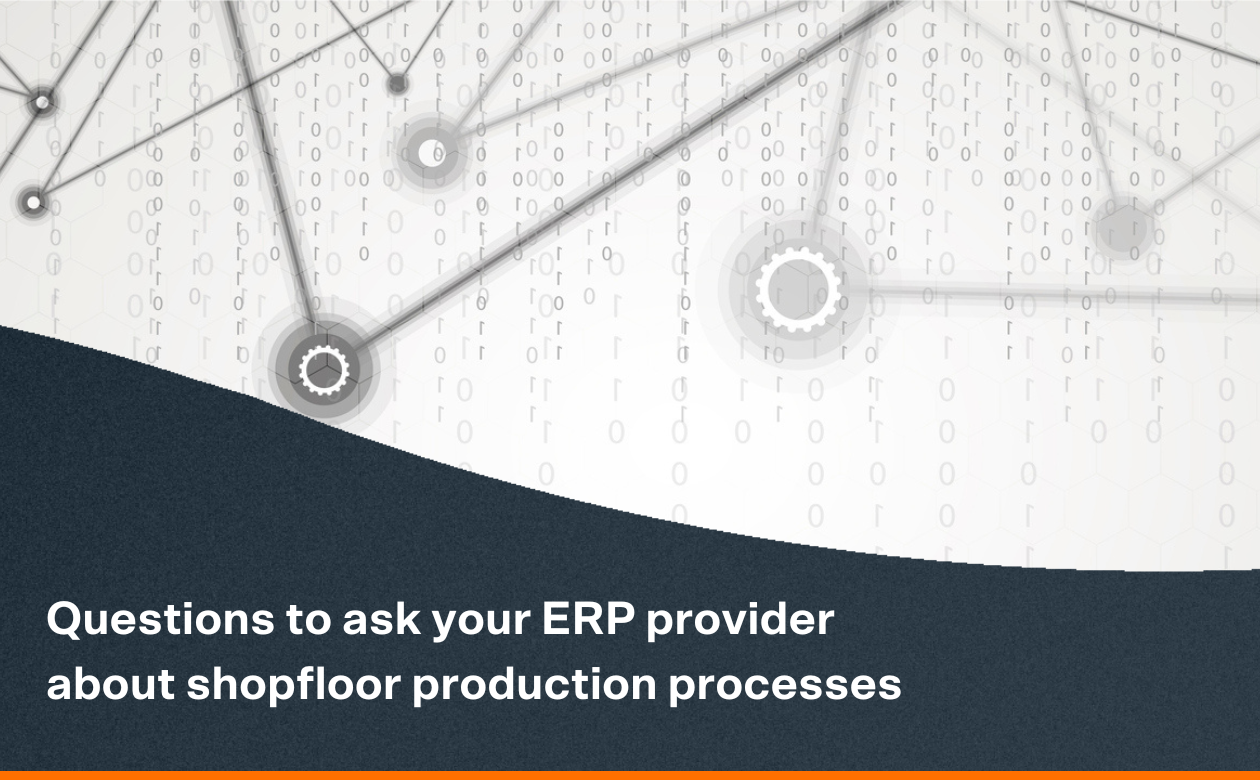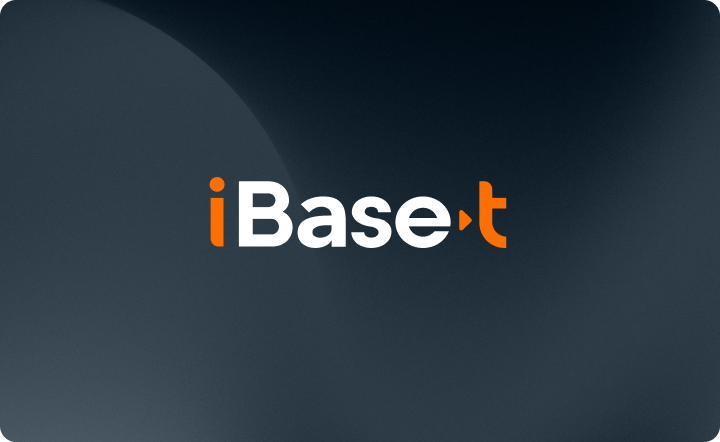
New Product Introduction (NPI) is critical to the competitiveness of every business. With new product launches come the pressure to simultaneously move at the highest speed while delivering the best quality. You only have one chance to make a first impression with prospective customers! Organizations that consistently execute new product launches understand the role systems and their corresponding integration play in managing all the components that go into a successful launch. To that end, having the right Manufacturing Execution System or MES can improve new product introduction by ensuring repeatable, consistent, and successful new product launches.
This objective, however, is far easier said than done. And it comes with a long list of challenges when highly engineered products are involved. Obsolete components or unrealistic costs can hamstring a product’s manufacturability or serviceability. At the same time, there’s a web of regulations to navigate, especially for organizations that operate in environments where compliance requirements are stringent, such as medical devices or aircraft components. These must be managed effectively from the very start of the product design phase, not as an end-game task.
The Role of MES to Improve New Product Introduction
This complex environment is pushing more and more manufacturers to rely on their MES for successful New Product Introduction. One reason is that an MES can digitally capture all engineering and product design data, as part of building a digital thread. The process integrates production workflows, project management, compliance adherence, and design systems so that your organization can effectively digitize this entire process.
Once you have implemented the right MES, it completely changes how your organization deals with the challenges of New Product Introduction.
6 Benefits the Right MES Can Deliver during NPI
- Remove barriers. An MES can enhance your data collection abilities across engineering, design, and production by removing barriers that often exist between departments. This results in much deeper insight into how products are performing in the field, and a clearer picture of any areas that need improvement. A critical part of successfully launching a new product is to know what’s performing well — and not so well — about your current products.
- Simplify change. A best-in-class MES manages and simplifies change management spanning your engineering, design, and production processes. This makes it so much easier to build the best possible product. This is especially true with complex, highly engineered products. For example, engineers building an airplane engine component might realize a cost advantage by changing how a process is executed combined with using a different material. But, if your production workers have already started production, this important update might be missed. With an MES designed for change management, this type of NPI improvement can be effectively accommodated and communicated with your entire workforce.
See this related article on Easing Change Management in Manufacturing.
- Keep what works. A modern MES can help you to learn from past successes and failures, so you can carry forward the materials and processes that worked in previous product launches while improving those that didn’t. In a highly engineered product like a new multimillion-dollar satellite, there will always be new technologies and major innovations with each new generation of product. That can make it all the more important to understand what worked before—and keep it if possible. An MES can help you understand and retain the best aspects of past designs.
- Standardize processes. Successful New Product Introduction is as much about the process as the product. MES plays an essential role here, allowing you to quickly identify how the process works, and how it affects quality and cost. With the right MES, you can develop and standardize your best methods and enforce them, so they become repeatable and profitable. And, if processes have to change as a new product is rolling out, the MES will allow you to deploy those changes with minimal disruption.
- Reduce costs. Costs are often higher during the launch of a new product. Choosing the right MES during this process can help ensure that resources aren’t overused by helping you allocate everything properly, from worker scheduling to raw materials. It keeps machine downtime at a minimum, so your shops are flowing at max capacity. It also will capture all the relevant data during this ramp-up period, which can then be a valuable source of insight on how best to improve future performance. This addresses a major hurdle for every manufacturer: achieve predictable costs that stabilize, after the launch of a new product design.
- Understand customers. Of course, new products are all about understanding customer needs, and that’s much easier to do when you have a systems infrastructure in place that captures all the relevant data, ideally as part of a Digital Thread. This intelligence should continue to grow after your customers begin using your product in the field. This data gives you superior visibility of what they are using, what is missing, or what areas need improvement. And, just as importantly, it lets you know what they like about the product and the most positive ways it performs for them.
The climate today for manufacturers is challenging. Competition is intense on a global scale. Become a digital master to improve New Product Introduction by taking advantage of all the data available in an MES to set you apart and achieve a competitive advantage. Good project planning is essential, but it can only take you so far. Choose the right MES that can operate across domains with an open architecture that supports the free flow of data across systems to gain access to contextualized, real-time data. This knowledge will become immensely valuable in helping to back up operations planning with smarter, intelligent decision support, and equip you with the execution abilities to drive it forward.
There’s no better way to stand out in the marketplace than with a successful NPI. And with MES, you can do so with far better performance that can accelerate your new product launches to top speed.






